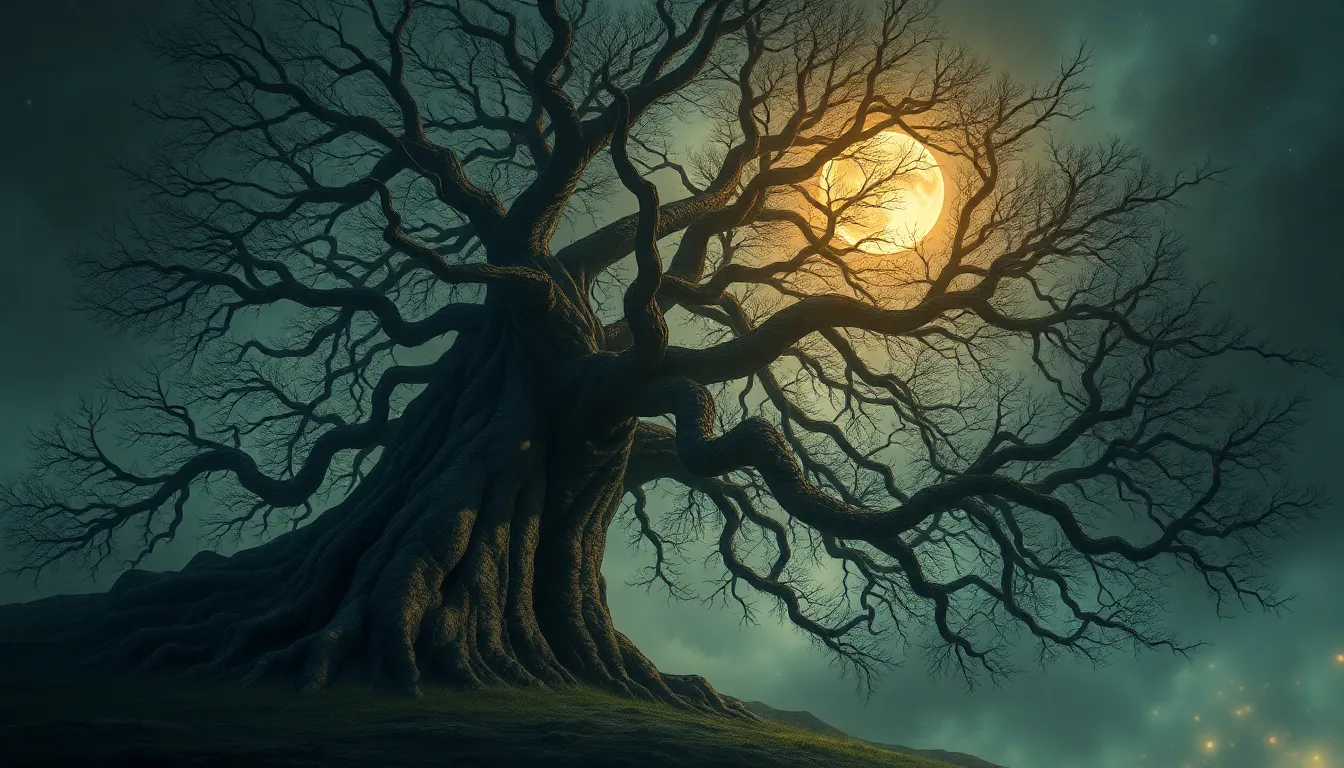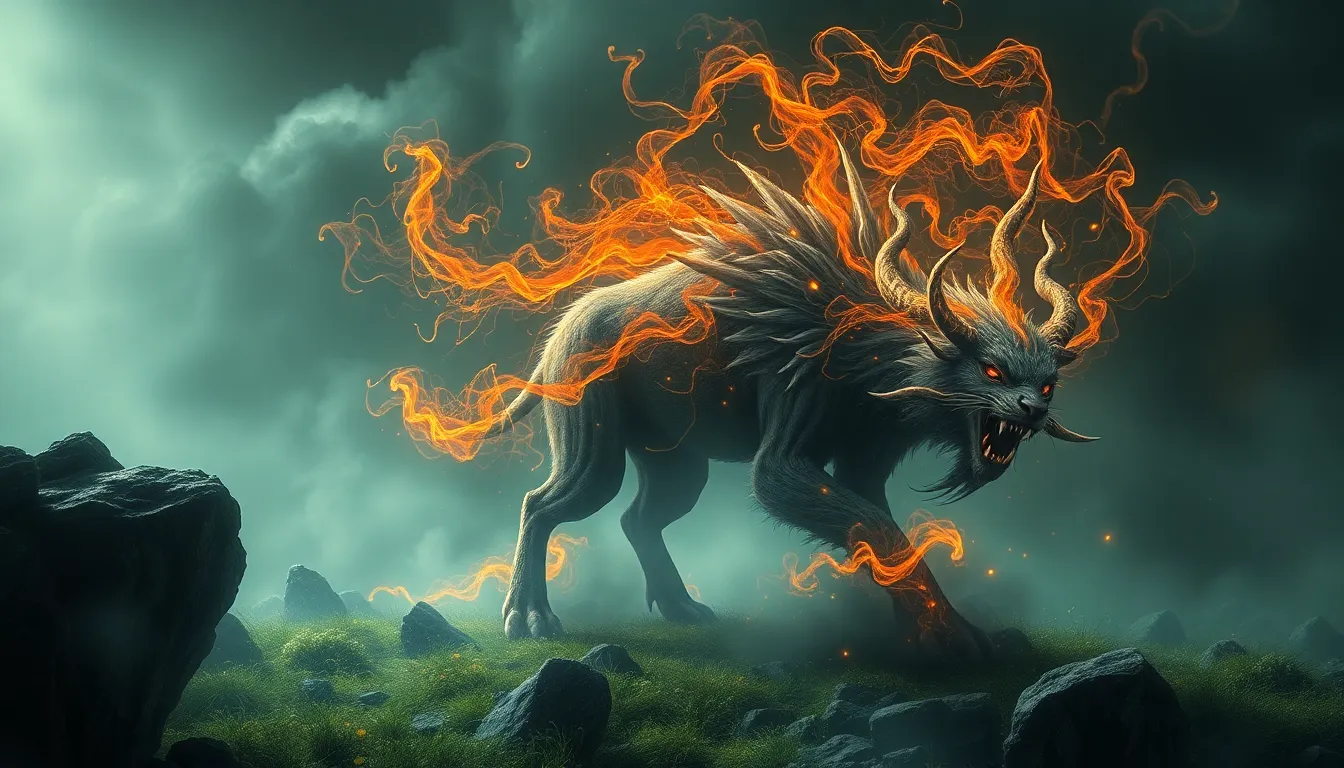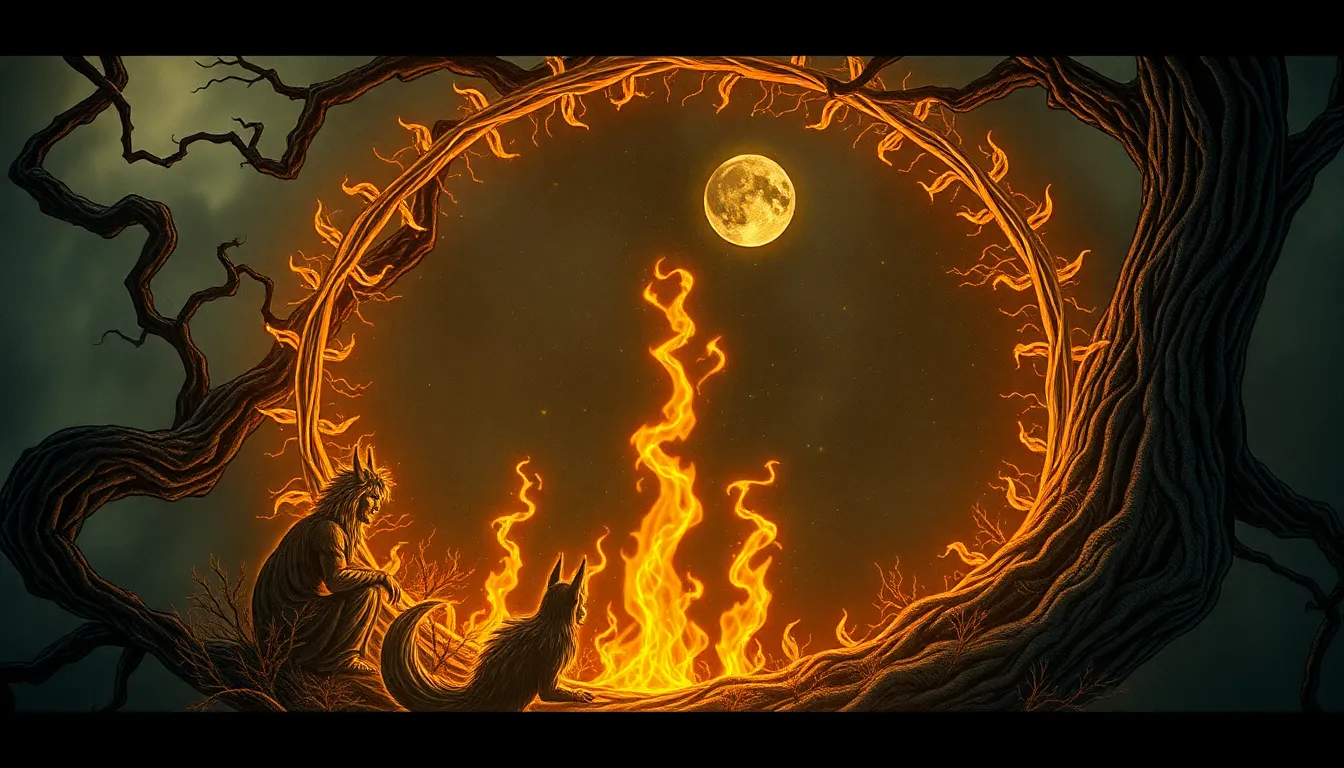The Tree of Shadows: Myths of Mystery and Secrets
Introduction to the Tree of Shadows
The Tree of Shadows is a captivating symbol found in various cultures around the globe, representing a complex interplay of mystery and secrets. This mythical tree often stands as a metaphor for the unknown, embodying themes of life, death, and the hidden aspects of existence. In many traditions, it serves as a gateway to the mystical realms, inviting individuals to explore the depths of their fears, desires, and the unknown facets of life.
Historical Origins of the Tree of Shadows Myth
The origins of the Tree of Shadows myth can be traced back to ancient civilizations. Many cultures have woven the concept of a significant tree into their folklore, often representing a connection between the earth and the heavens. Some key points about its historical origins include:
- In Mesopotamian myths, trees often symbolized the connection between gods and humans.
- In ancient Egyptian culture, the sycamore tree was revered as a symbol of protection and rebirth.
- Oral traditions played a crucial role in preserving these myths, with stories passed down through generations, adapting to the cultural contexts of each era.
Symbolism of the Tree in Mythology
The Tree of Shadows is rich in symbolism. It can represent:
- Life: As a living organism, the tree symbolizes growth and vitality.
- Death: Its shadows often imply the presence of death or the end of a cycle.
- The Unknown: The shadows cast by the tree can represent secrets, hidden knowledge, and the mysteries of existence.
When compared to other symbolic trees in mythology, such as Yggdrasil from Norse mythology or the Tree of Knowledge from the Bible, the Tree of Shadows holds its unique place, often emphasizing the duality of light and dark, knowledge and ignorance.
Regional Variations of the Tree of Shadows
Different cultures interpret the Tree of Shadows in various ways, leading to a rich tapestry of myths and legends. Some notable case studies include:
- Native American: The Tree of Life is often depicted in their folklore, representing growth and connection to nature.
- Celtic: In Celtic mythology, the oak tree is sacred, symbolizing strength and endurance, often intertwined with the concept of hidden wisdom.
- Asian: In some Asian cultures, the Bodhi tree represents enlightenment, where the shadows symbolize the journey to understanding oneself.
The Role of Shadows in Myth and Folklore
Shadows play a significant role in myths and folklore, often representing:
- Secrets: Shadows can conceal truths and represent the unknown aspects of life.
- Fear: They evoke a sense of unease and the fear of what lurks beyond our understanding.
- Transformation: Shadows can also signify change, as they shift and adapt based on the light.
The connection between shadows and secrets is deep-rooted, inviting individuals to confront the hidden parts of their psyche and the mysteries of their existence.
Folktales and Legends Featuring the Tree of Shadows
Many folktales center around the Tree of Shadows, often conveying moral lessons and themes. A few notable tales include:
- The Whispering Tree: A tale from Native American folklore where the tree whispers secrets to those who listen carefully.
- The Shadow’s Embrace: A Celtic legend about a traveler who learns that embracing one’s shadows can lead to enlightenment.
- The Hidden Fruit: An Asian myth where the fruit of the Tree of Shadows grants wisdom but only to those who dare to face their fears.
These stories often highlight the importance of facing one’s fears and the transformative power of understanding and embracing the unknown.
The Tree of Shadows in Literature and Art
The Tree of Shadows has inspired countless writers and artists throughout history. This symbol has appeared in various literary works and art pieces, including:
- Literature: Works such as “The Secret Garden” by Frances Hodgson Burnett explore themes of mystery and discovery in relation to nature.
- Art: Paintings by artists like Caspar David Friedrich often depict trees in shadowy landscapes, evoking a sense of mystery and introspection.
The allure of the Tree of Shadows continues to fascinate creators, demonstrating its lasting impact on human imagination.
Psychological and Philosophical Interpretations
On a psychological level, the Tree of Shadows can serve as a metaphor for introspection and the journey into the subconscious. It reflects:
- The struggle between light and dark within ourselves.
- The importance of confronting hidden fears and secrets.
- The quest for personal growth through understanding and acceptance.
Philosophically, it invites contemplation on the nature of existence and the balance between knowledge and ignorance.
Modern Adaptations and Cultural Relevance
In contemporary media, the Tree of Shadows is represented in various forms, including:
- Films: Movies that explore dark themes often reference the Tree of Shadows metaphorically.
- Video Games: Games featuring quests that delve into the unknown frequently incorporate the tree as a central element.
Its relevance in today’s society can also be seen in the context of environmental concerns, symbolizing the need for awareness and respect for nature.
Conclusion: The Enduring Legacy of the Tree of Shadows
The Tree of Shadows serves as a powerful symbol that transcends cultures and time. It embodies the mysteries of life, the importance of facing our fears, and the secrets that lie within. Myths like this help us understand cultural identities and human experiences, providing a framework through which we can explore our own lives. As narratives evolve, the Tree of Shadows will likely continue to inspire and provoke thought, ensuring its legacy endures for generations to come.



